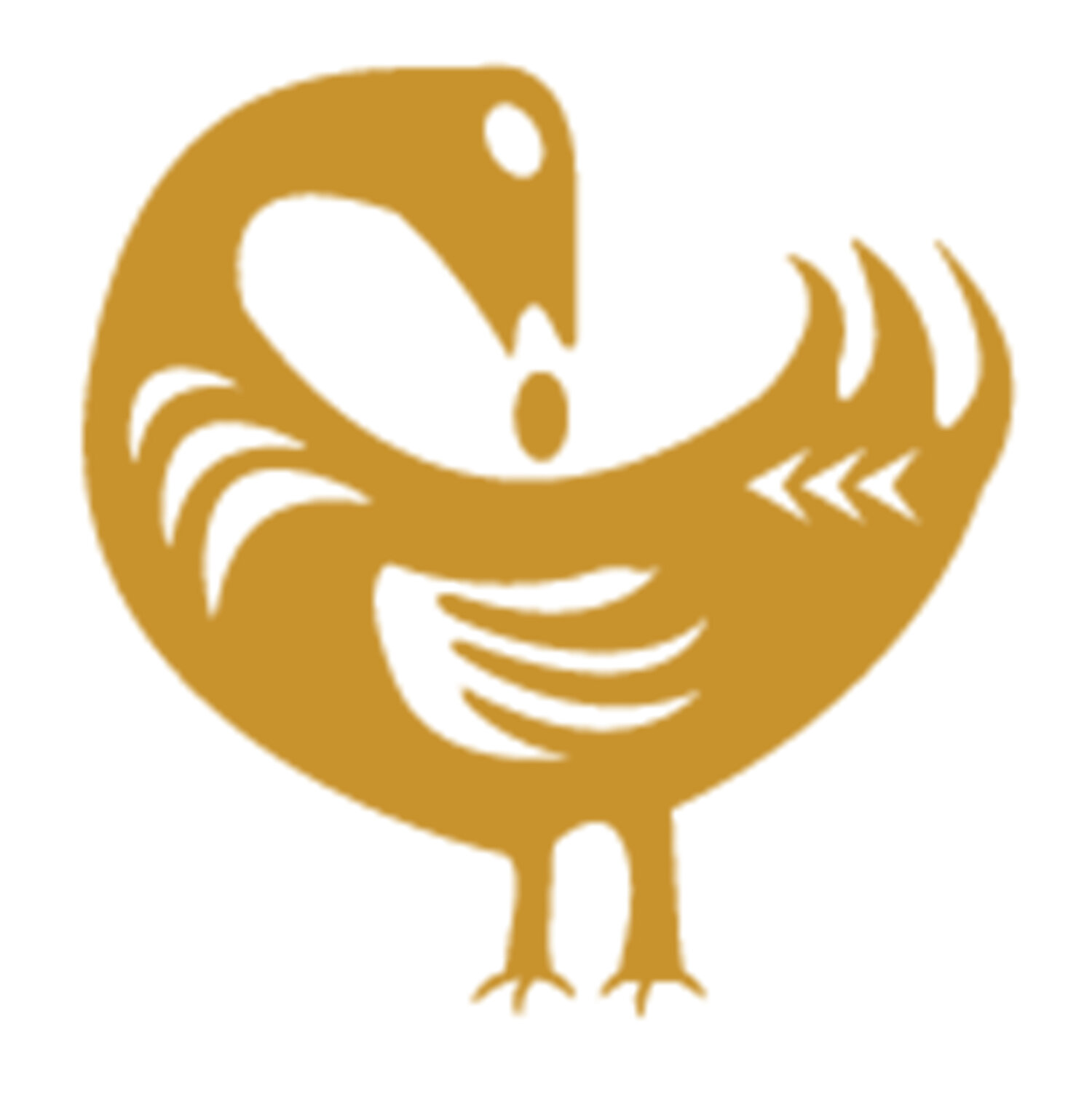A Captured Portrait
This portrait directly connects the Eastern Shore of Maryland to West Africa and the religion of Islam. It depicts Ayuba Sulieman Diallo who was born in Senegal, enslaved in Maryland, and traveled to England to regain his freedom between the years of 1729 and 1734.
Ayuba Suleiman Diallo was born in Sengal of West Africa, where he was raised under Isamic principles. Unlike African American who were enslaved in America, Diallo was well-educated and even learned Arabic under his father.
Diallo’s father had sent him, along with two attendants, to trade negroes and paper. Along their mission, Diallo, as well as the persons he planned to trade were captured.
Similarly to the experience of many African people who were captured during the nexus of slavery and slave trading, Diallo was forced to travel on a boat to the United States.
Diallo was sold to a plantation owner housed in Kent Island. The Islamic man was enslaved for a few years before making his escape. The book, Some Memoirs of the Life of Job, the Son of Solomon, the High Priest of Boonda in Africa, Who Was a Slave about Two Years in Maryland, captures some of the details of his experience while enslaved.
Thomas Bluett was the man who connected with Diallo once he was re-captured in Kent County, MD. What caught Bluett’s attention was Diallo’s literary abilities and his knowledge and association with the religion of Islam.
Bluett decided to take Diallo back to his “owner,” but convinced the owner Diallo was no “ordinary slave.” In the ears of some, that may translate to “no ordinary negro”
African Americans, or negroes at the time, were not looked at as such a novelty like Diallo was. He was taken to London, UK, where Bluett wrote Diallo’s memoir. This portart you see before you was born out of a lack of respect for Diallo's faith.
Perhaps, in the voice of Diallo, the portrait was created out of ownership and a forever capturing and enslavement of a Black man who aided changing the European perspective of Black life in the 18th century. Hence, where the emphasis on the word “capture” comes from. They captured him and enslaved him—violently—in two different ways: through chains and in a frame.
Ayuba Diallo was born in a Senagal region, and we know this based on records and documentation. However, this lack of clarity of identity and culture is something the Black American as always and continues to struggle with when it comes to the African to African American relationship.
Can it be argued that this concept of identity and clarity of culture are the only things that separates Diallo from your “average” negro? Can it be said that Diallo as experienced the transformation into becoming an African American or negro based on his enslavement in Maryland?
– Isaiah Reese
Click "Four Centuries" below to return to the main page.

